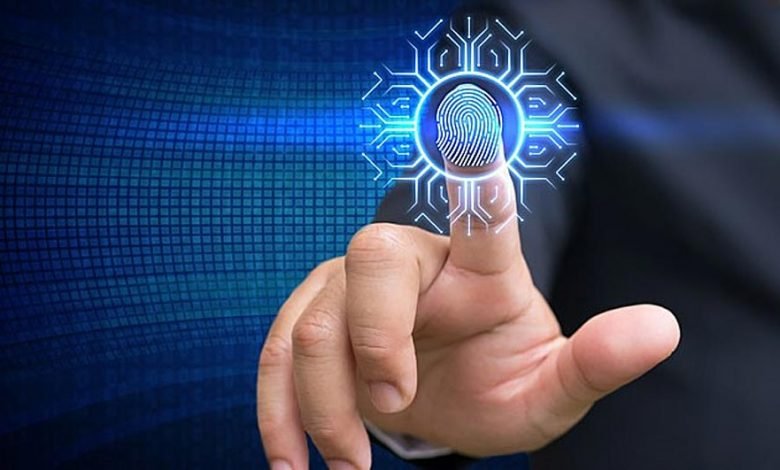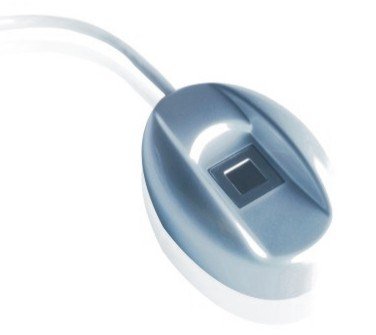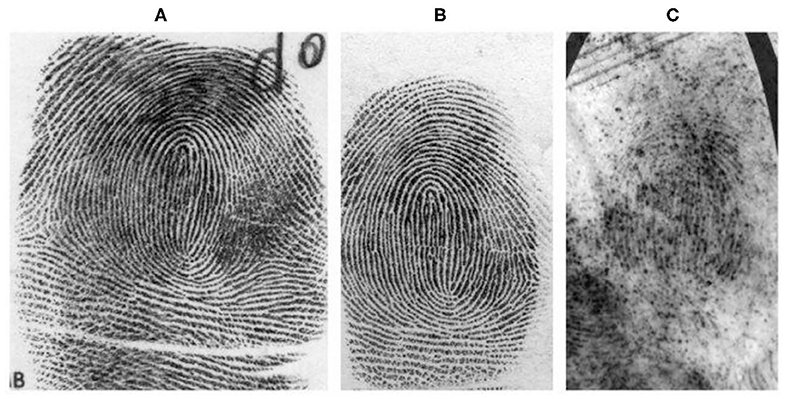The evolution of biometrics and how they changed over time.

Biometrics play a huge role in security, identification, access control and healthcare. However, biometric systems is not a new concept. The concept has been around for a long time. The evolution of biometric systems is really based on the technological advancements in the field. There are different types of biometric systems. There have been some advancements like being able to identify people in dim light, tricking the system by wearing glasses, trying to look like another person and also working with sculptures. This blog will look at biometrics and the evolution of biometrics.
Digestive Biometrics

Digestive Biometrics Biometrics refers to the methods used for identifying individuals based on intrinsic physical or behavioral characteristics. Given the unique and irreproducible nature of these characteristics, biometric systems are used to ensure security and privacy. In this blog, we will discuss the different types of biometric systems and how their evolution played a major role in their development. Digestive Biometrics Digestive biometric systems have been used in the past to identify individuals based on the characteristics of their digestive system. It was observed that the digestive system of each individual is different and can be used to distinguish one individual from another. For instance, the number of folds in the stomach lining, the shape of the small intestine, the number of teeth and the size of the jaw can be used as individual characteristics. These characteristics can also be used to distinguish between similar individuals.
Dermal Biometrics

The human body is the most complex machine on earth. It is truly an amazing feat of engineering and an incredible work of art. As such, it is no surprise that so much of our identity is coded into our DNA. The human body is a treasure trove of information just waiting to be discovered. There is a lot of information that we can extract from the human body. DNA is a good example of this. With the advent of genetic testing, we are now able to extract a lot of information about a person’s genetic makeup. This information can help determine a person’s susceptibility to certain diseases, tell us where we come from, or even uncover information about our ancestors. However, the human body contains a lot of information that can be used to help verify identity.
Neural Biometrics

Fingerprint scanning fingerprints are the most common biometric method used today, but they’re not the only biometric technology. One method that is gaining popularity is neural biometrics. How does neural biometrics work? Well, it’s built on the basic idea that each person’s brain has a unique response to stimuli in the environment. This response is measurable, which makes it a viable biometric measurement. Many times a person’s response to an item can be measured more accurately than the way they physically look. For example, a person’s unique neural pattern might be able to distinguish between two faces, even if both faces are blurry and out of focus.
Behavioural Biometrics

BioMetrics have been around for a long time. In fact, you might be using them right now. When you log into your computer or smartphone, you are using a very basic form of biometrics, the username and password. These are the two most common forms of biometric authentication: • Behavioral Biometrics • Physiological Biometrics
Conclusion
Biometrics is evolving. But it has been in use for a very long time. The first biometrics that were used were fingerprints and facial recognition. Then, it was enhanced with iris scans. Now, biometrics are commonly used in most devices and in many aspects of our lives. The next step in the evolution of biometrics may include the use of voice recognition, vein pattern recognition and DNA. But may have not caught up to the idea of electronic DNA recognition yet.



